Safety, efficiency, and comfort are paramount for RV owners excited to hit the open road. In order to enjoy your travels, your camper needs to be properly maintained. Despite its critical importance, the tire condition is often overlooked among the many maintenance tasks RV owners are responsible for.
This is where RV tire pressure monitoring systems (TPMS) come in. These devices provide peace of mind by tracking of tire pressure in real time and alerting you to potential issues before they become serious problems. If you’re unfamiliar with RV tire pressure monitoring systems, there’s no need to fear. Our guide breaks down everything you need to know in simple, straightforward terms.
What Exactly Is an RV TPMS?
An RV TPMS is a device designed to monitor an RV’s tire pressure and, in some cases, its temperature. These systems typically include sensors installed either inside or outside your tires and a real-time monitor that displays tire conditions. When pressure or temperature falls outside safe operating ranges, the system alerts the driver to take immediate action.
Unlike TPMS used in standard passenger vehicles, the RV-specific versions are tailored to accommodate the larger tires and increased number of wheels typical of motorhomes. By using sensors that communicate with a central display, these systems make monitoring your RV’s tire pressure highly convenient during long cross-country trips.
Benefits of Using TPMS
You’re likely wondering about the specific benefits of installing a TPMS into your RV. Let’s look at the four key advantages that make these systems worth considering for your next adventure.
1. Enhanced Safety
Tire pressure monitoring systems play a crucial role in keeping you safe on the road. Improperly inflated tires increase the risk of blowouts, which can be dangerous and stressful, especially on highways or in remote areas. By constantly monitoring tire pressure, a TPMS significantly reduces this risk. Many systems also detect leaks or other issues early, allowing you to fix problems before they become emergencies.
2. Better Fuel Efficiency
Tire pressure directly impacts your RV’s fuel consumption. Underinflated tires create extra rolling resistance, making your engine work harder and burn more fuel. A TPMS helps you maintain optimal tire pressure, improving mileage, lowering fuel costs, and reducing your environmental footprint. This is perfect for those who spend as much time as they can traveling the country in their campers.
3. Longer Tire Lifespan
Properly inflated tires prevent uneven wear, which is a common cause of premature tire failure. Maintaining ideal pressure levels helps your tires last longer, saving you money on replacements and ensuring safer, more reliable travel.
4. Extra Features for an Easier Journey
Many modern tire pressure monitoring systems come with added features like temperature monitoring and apps to view the data at any moment. These tools give you a complete view of how your tires are performing under different road conditions, making long-distance RV travel smoother and more efficient.

Types of TPMS
When selecting an RV TPMS, a key consideration is the type of sensor the system uses. RV TPMS typically come with either internal or external sensors, with distinct advantages and limitations worth understanding before making your decision.
Internal Sensors
As their name suggests, these sensors are installed inside the tires. Internal sensors are highly accurate when detecting pressure and temperature changes since they’re closer to the tire’s core. Also, internal sensors are protected inside the tire housing, keeping them safe from damage caused by the elements, debris, and other external factors.
However, these systems may require professional installation as the tire must be dismounted to insert the sensors. Maintenance, while infrequent, can also be slightly more complicated. For example, battery replacements for internal TPMS sensors may involve taking the tires apart, which some RV owners may find inconvenient.
External Sensors
External sensors are installed directly onto the tire valve stems. Their key advantage lies in the ease of installation, as they require no disassembly of the tires. Most RV owners can install these sensors themselves, saving time and money. These user-friendly systems simplify maintenance, with battery replacement as straightforward as unscrewing the sensor, swapping the battery, and reattaching.
This convenience comes with some trade-offs. The exposed position of where the sensors are attached makes these sensors more vulnerable to weather conditions, road debris, and general wear and tear. Additionally, some external systems are bulkier and may interfere with adding air to the tires, though many manufacturers offer low-profile designs to mitigate this issue.

Choosing the Right TPMS for Your RV
Now that you know more about tire pressure monitoring systems, selecting the right one for your RV should feel more manageable. Let’s break down some of the key considerations you should keep in mind to help make your decision easier. That way, you ensure you get the right one for your needs when shopping for RV parts online.
Consider Your RV’s Size and Specifications
The size and type of your RV play a significant role in determining the ideal TPMS. Larger motorhomes or towable RVs often require systems with sensors capable of monitoring six or more tires simultaneously. It’s essential to pick a system that’s compatible with your vehicle’s tire count and configuration to ensure accurate, reliable monitoring.
Evaluate Battery Life and Durability
A reliable TPMS should last through your adventures without constant maintenance. Look for systems with long-lasting, replaceable batteries to minimize roadside hassles. For those who travel off-road or in extreme weather conditions, prioritize TPMS units designed to handle rugged environments and temperature extremes.
Set a Budget Based on Your Needs
Your budget will help narrow down your choices. Smaller RVs and occasional travelers might find entry-level systems with basic monitoring sufficient. However, frequent travelers or full-time RVers may benefit from premium systems with advanced features like app connectivity, customizable alerts, and detailed temperature monitoring. While these options are more expensive, they provide greater convenience and peace of mind for those who rely on their RV consistently.
Think About Installation and Maintenance
Consider your comfort with installation and ongoing maintenance before finalizing your TPMS choice. External sensors are user-friendly and eliminate the need for professional installation, making them a great choice for a quick setup. Internal sensors deliver superior accuracy and protection but typically require professional installation. If you don’t mind the challenge or have a place where you can take your RV for TPMS installation and maintenance, then the benefits of an internal sensor might be worthwhile.
Check Reviews and Brand Reputation
When evaluating different TPMS options, reviews and ratings are invaluable. Research professional reviews and customer feedback to ensure the system you’re considering is reliable, accurate, and backed by solid customer support. Established brands with a track record in RV accessories are often a safer choice, offering better performance and value.



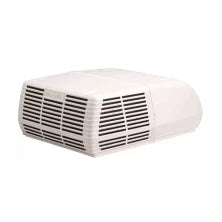
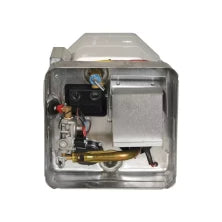
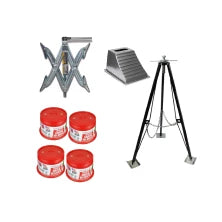
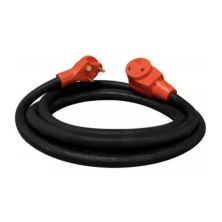
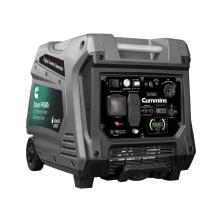
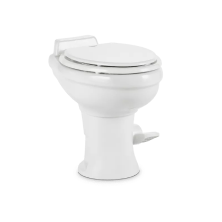
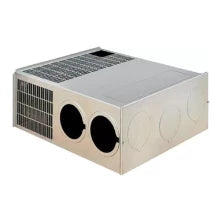

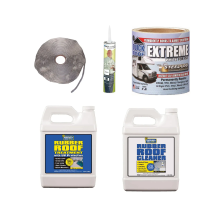
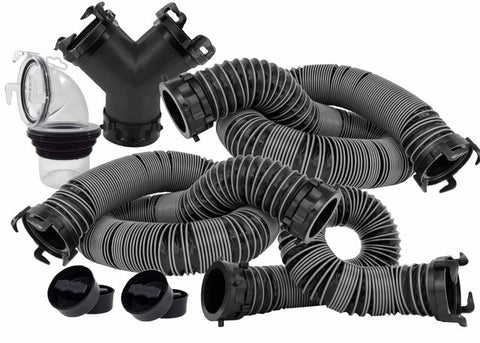
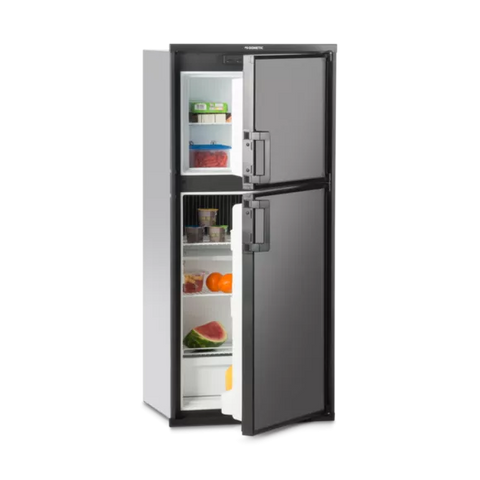
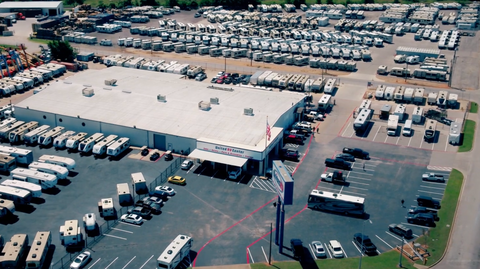
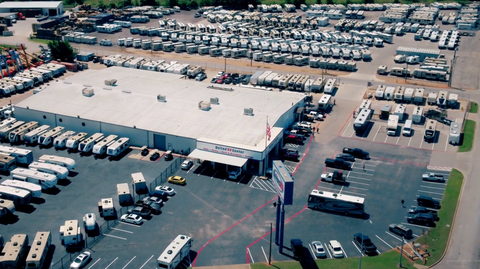
Comments (0)
There are no comments for this article. Be the first one to leave a message!